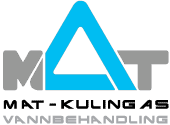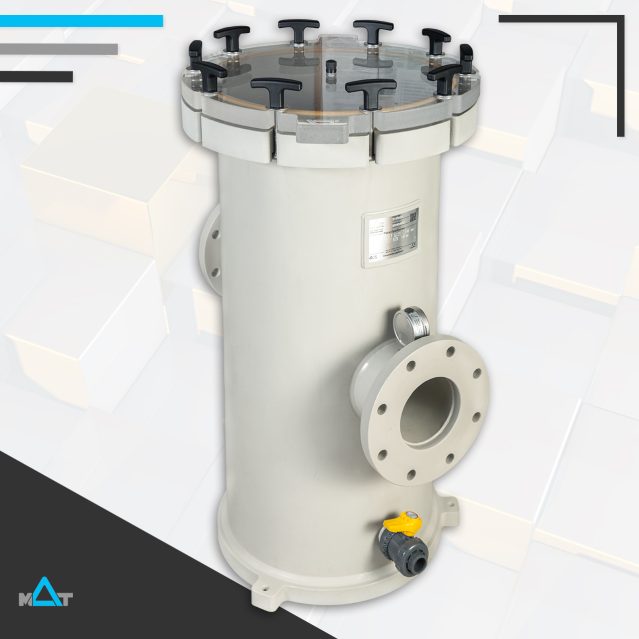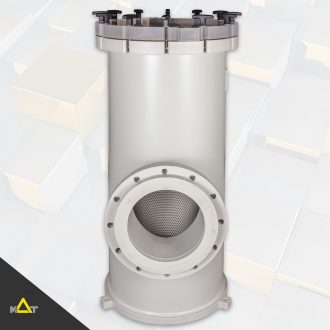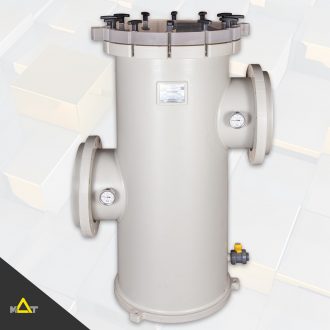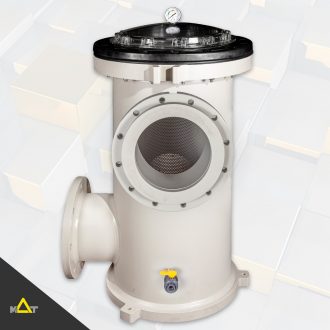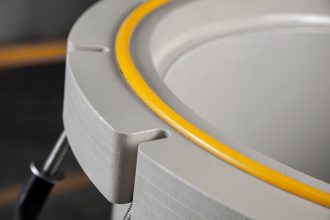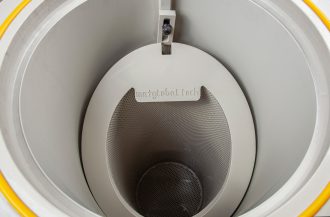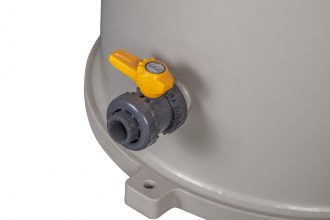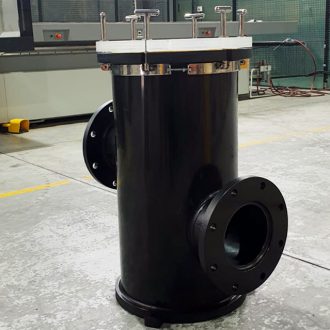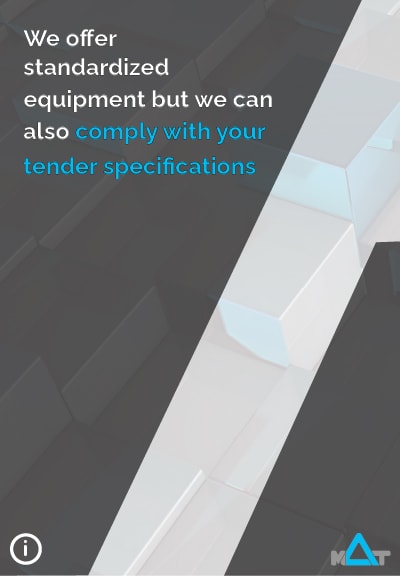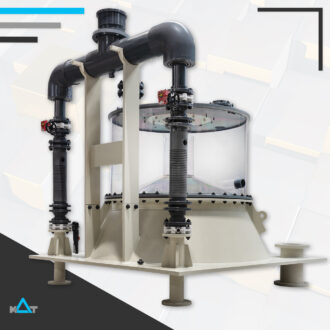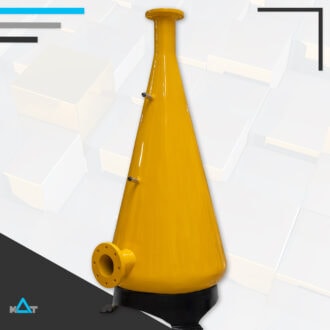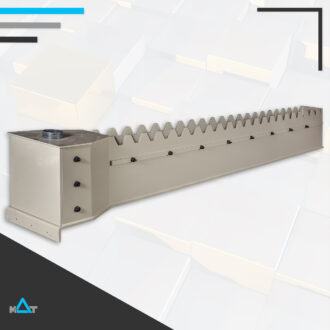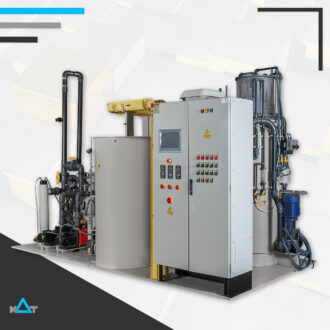Standard or custom plastic basket strainers protect pumps and other downstream equipment in the water process by removing solids.
Plastic Basket Strainers for Protecting Pumps and other Equipment
Basket strainers serve as critical components in safeguarding pumps and downstream equipment in a variety of applications. They are integral in ensuring the longevity and optimal functionality of crucial machinery. MAT-KULING, a prominent manufacturer, recognizes the significance of these strainers and specializes in producing corrosion-resistant variants that excel in diverse and challenging environments. Years of experience has proven the fact that companies in the business are in need of basket strainers for the protection of equipment like pumps, compressors, turbines, meters, automatic valves and other pipeline equipment all of which lasts longer with the use of strainers.
Specialized Design for Harsh Conditions
MAT-KULING’s expertise lies in crafting basket strainers that are engineered to withstand harsh and corrosive conditions. The Thermo-Plastic Strainers are specifically tailored for environments with high acidity and corrosive elements. These strainers act as a shield, not only for pumps but also for the entirety of an installation, significantly reducing maintenance needs due to their convenient quick-open cover, facilitating efficient cleaning processes.
Material Options and Customization for Basket Strainers
The basket strainers manufactured by MAT-KULING primarily utilize Polypropylene, renowned for its robustness and resistance to corrosion. Additionally, the company offers the flexibility to produce these strainers using Polyethylene, adapting to the unique requirements of different setups. While the standard aquaculture strainer mesh size stands at 5mm, MAT-KULING accommodates adjustments in mesh size based on specific requests, ensuring a tailored approach to filtration.
Innovative Features for Enhanced Functionality
These basket strainers boast a completely view through acrylic cover, allowing for easy monitoring of the filtration process. The quick open/close mechanism is a standout feature, providing swift access for maintenance, ensuring easy cleaning, and contributing to the efficiency of the strainers.
Product Range, Custom Design and Capacity
MAT-KULING’s basket strainers cover a wide range of flow rates. The standard models can manage flow rates of up to 600m³/h, making them suitable for various industrial applications. Moreover, the company offers customization options, providing models that can handle flow rates of up to 2000m³/h, showcasing adaptability and scalability for different industrial needs.
Strainers in Aquaculture, Powerful Pre Filters
Suspended particles, debris, etc can contaminate water and when remaining unfiltered they may not only clog the pipes but also they can cause serious problems in the pumps and rest elements of a piping system.
The Plastic Aquaculture Strainers find application to piping systems in Recirculated Aquaculture Systems and land based fish farming. They are installed at the pump suction side, before pump inlet connection where water enters and is pre-filtered while flowing through the strainer cartridge inside the strainer holder.
Conclusion – Contact MAT-KULING for Industrial Basket Strainer Filtration Systems Today
In summary, MAT-KULING’s basket strainers represent a pinnacle in the industry, offering robust solutions for protecting pumps and downstream equipment in the face of challenging and corrosive environments. With their specialized design, diverse material options, and innovative features, this pre-filter equipment a reliable asset for filtration, maintenance, and the overall longevity of industrial machinery. Their ability to be customized and adapt to specific industry requirements further solidifies their position as an efficient and adaptable solution.
ALL EQUIPMENT CATALOG